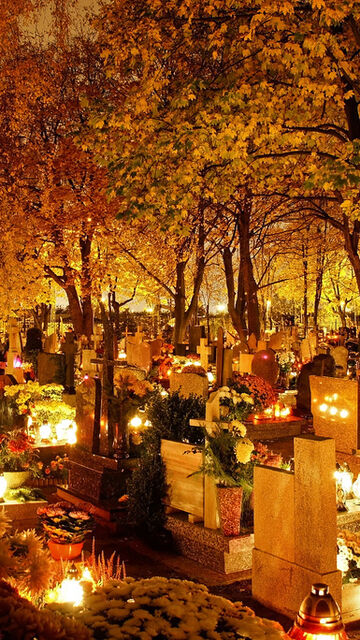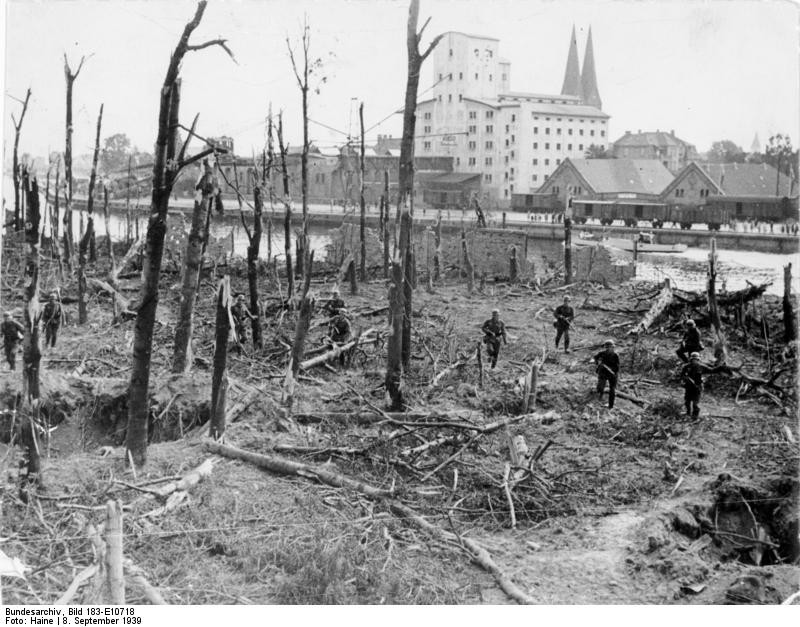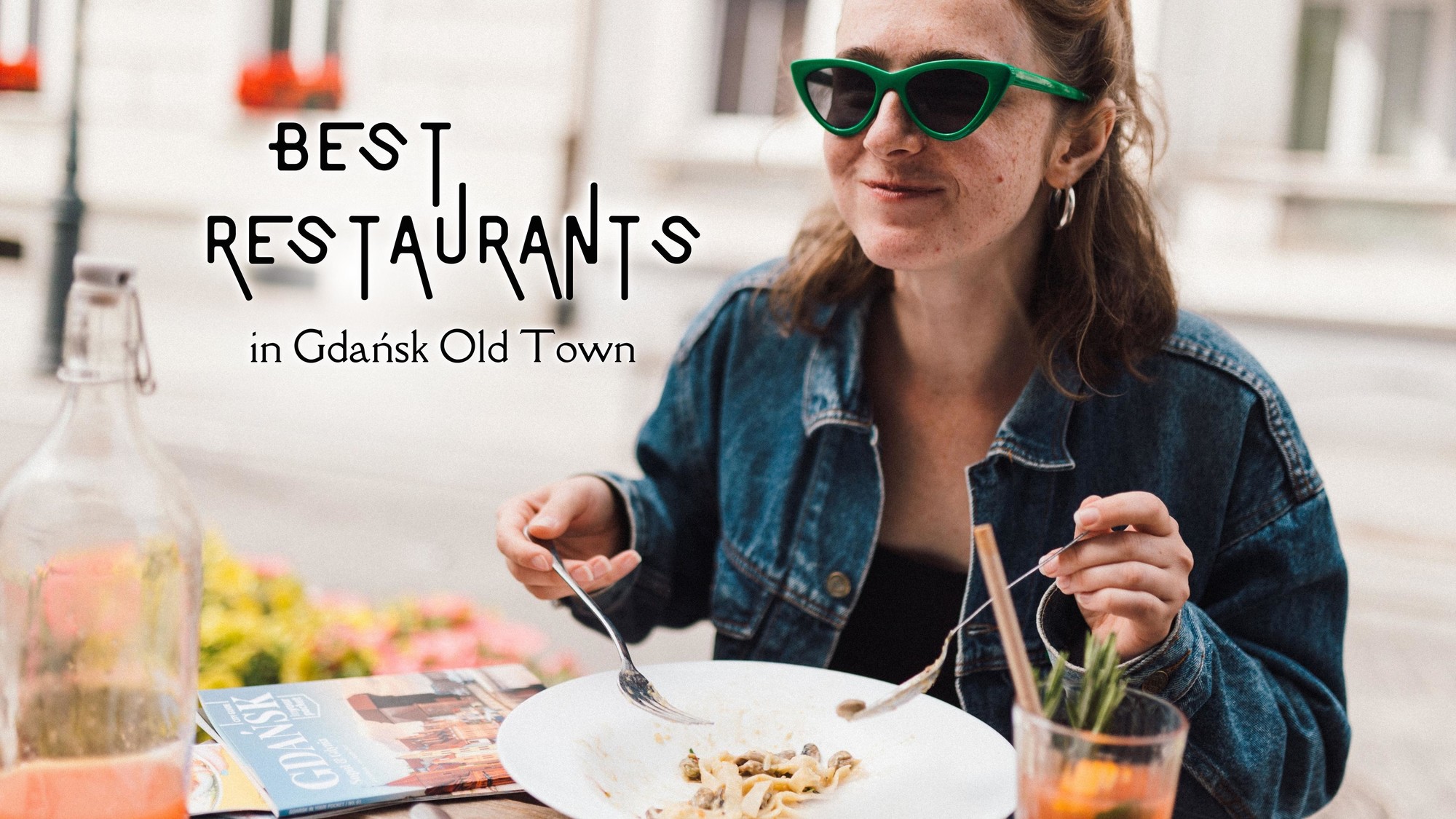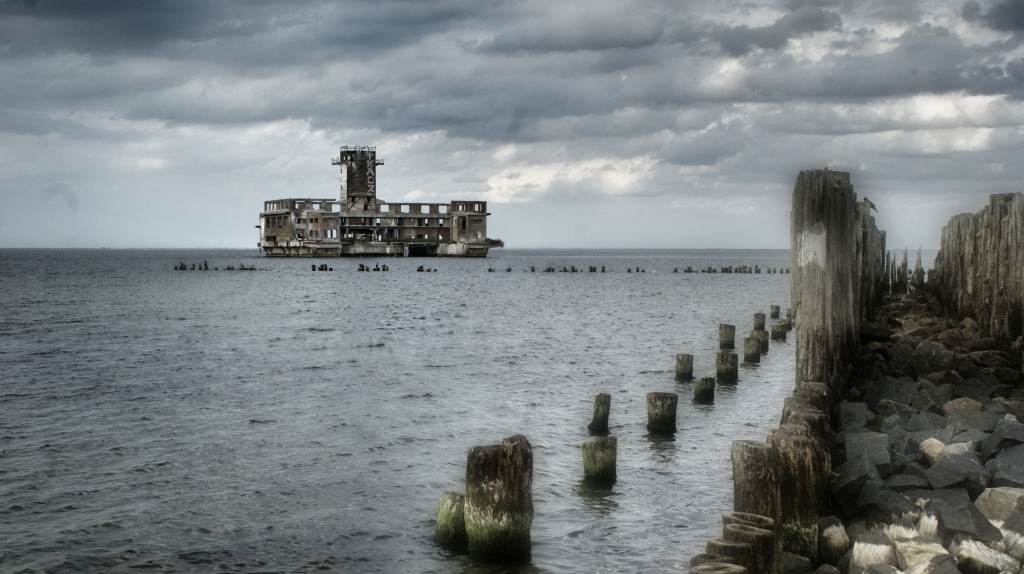NOTE: It is advised that children under 13 should not visit.
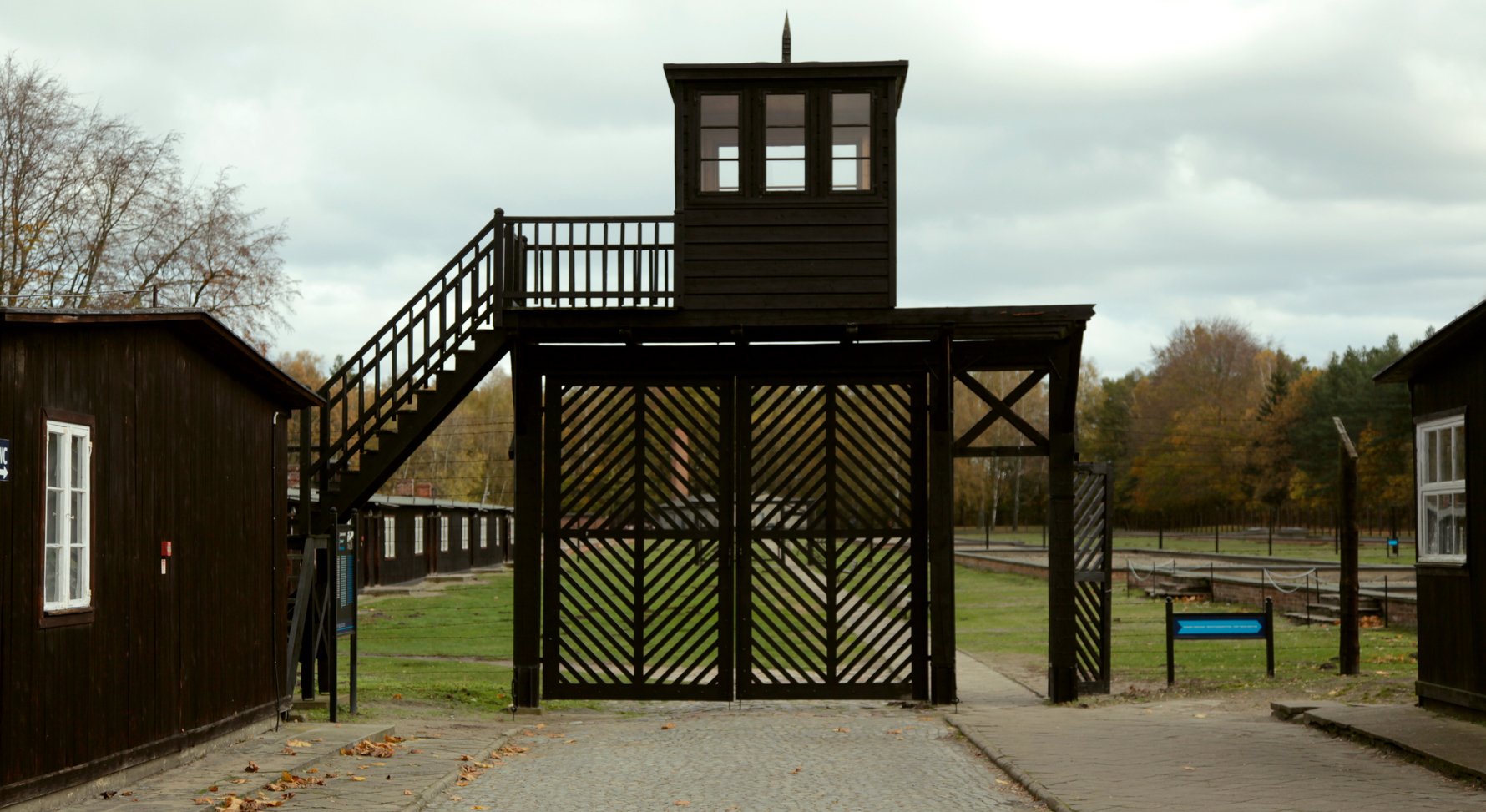
I've been to Auschwitz. Why should I go to Stutthof?
Stutthof was the first death camp established outside of Nazi Germany and the last to be discovered.
Whilst other operations, like Auchwitz, were quite large and locals were certainly aware of their existence, Stutthof was secluded and a well-kept secret from those living in nearby villages. The peaceful, tidily-kept camp of Stutthof set among the trees and just a couple of kilometres from the beach, has a different atmosphere but an equally lasting effect. The advancing Soviets liberated the camp on 9th May 1945, the day after Germany officially surrendered.
Stutthof was one of the most diverse Nazi death camps.
Registered prisoners included citizens of 28 countries. Aside Jews and Poles, there were Germans, Czechs, Dutch, Belgians, French, Norwegians, Finns, Danes, Lithuanians,Latvians, Belarusians, Russians and others. These demographics is the result of it's location on the Baltic. Among 110,000 prisoners were Jews from all over Europe, members of the Polish underground, Polish civilians deported from Warsaw during the Warsaw Uprising, Lithuanian and Latvian intelligentsia, Latvian resistance fighters, psychiatric patients and Soviet prisoners of war.
Some mudered prisoners of Stutthof were turned into soap.
The Nazis were known for some bizarre scientific experiments on camp prisoners, most notably those of Auchwitz's 'Angel Of Death', Dr. Josef Mengele. For years, there was an existing myth that the Nazis had mass-produced soap that produced from human body fat. While there is no evidence to show 'mass-production', there is evidence of a small-scale experimental of this very process, conducted by the Gdańsk-based Nazi Dr. Rudolf Spanner, and he used human corpses obtained from the Stutthof death camp.
For more of a background on this site, read our feature on A Brief History of Stutthof Death Camp!
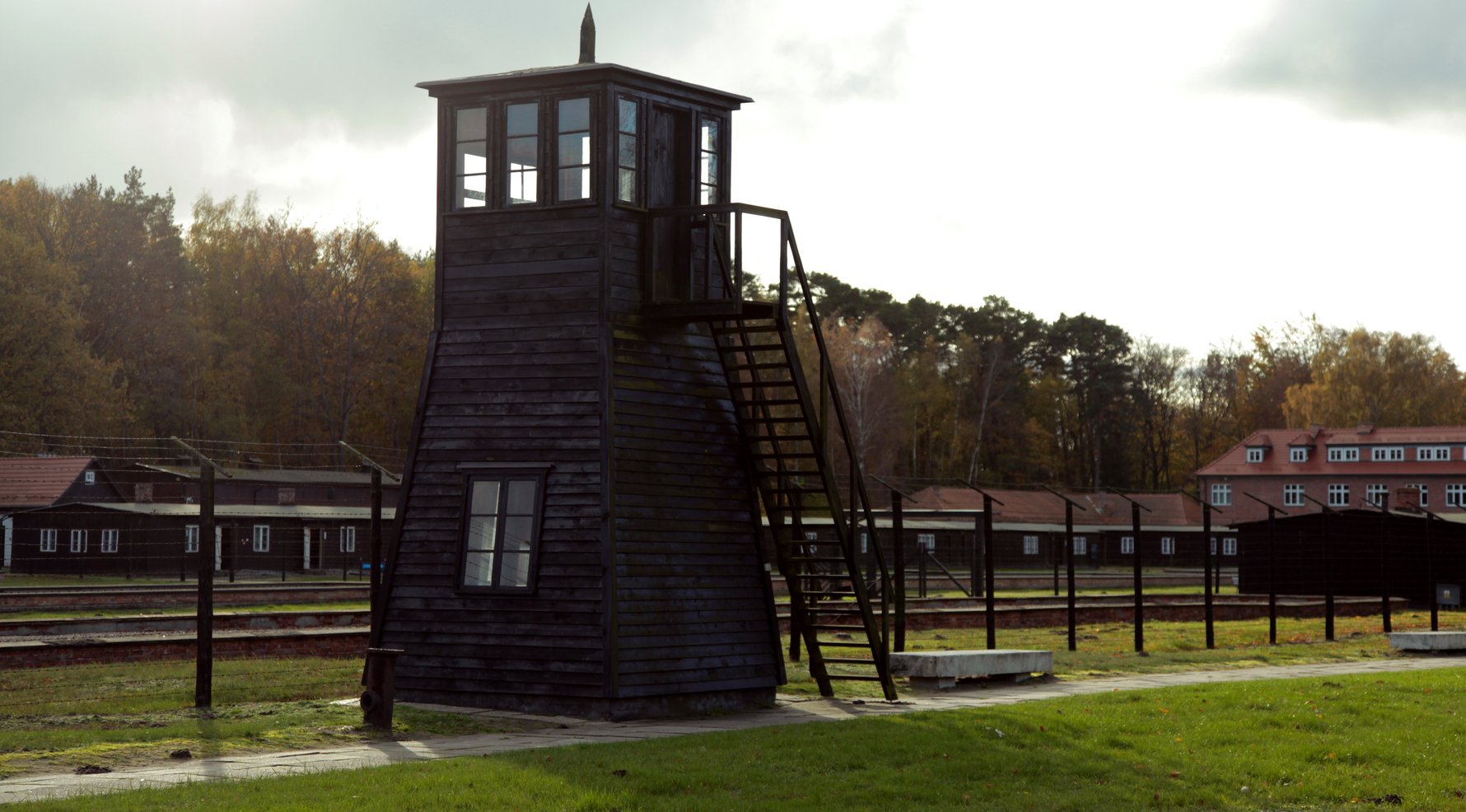
What to See at Stutthof?
The museum is easy to walk around and while not everything comes with English language descriptions, there are enough boards and explanations dotted around the site to allow you to understand how Stutthof concentration camp came about and what happened here. You will enter the area of the museum by crossing over the narrow gauge railway line that runs around the camp. To your right where you’ll see first the villa where the camp commandant and his family lived and then a smaller building which was home to the camp’s guard dogs. You’ll see one of the many boards outside which describe points of interest in three languages - Polish, German and English. This particular board points out that the purebred German Shepherds housed here weighed more than some of the starving inmates they were trained to guard.
Your first point of call on arrival at the main gate to the camp should be to the information point and shop to the left as you enter the gate. Housed in the former SS Guardhouse, the friendly people here can furnish you with guidebooks in a number of languages as well as hook you up with tour guides .
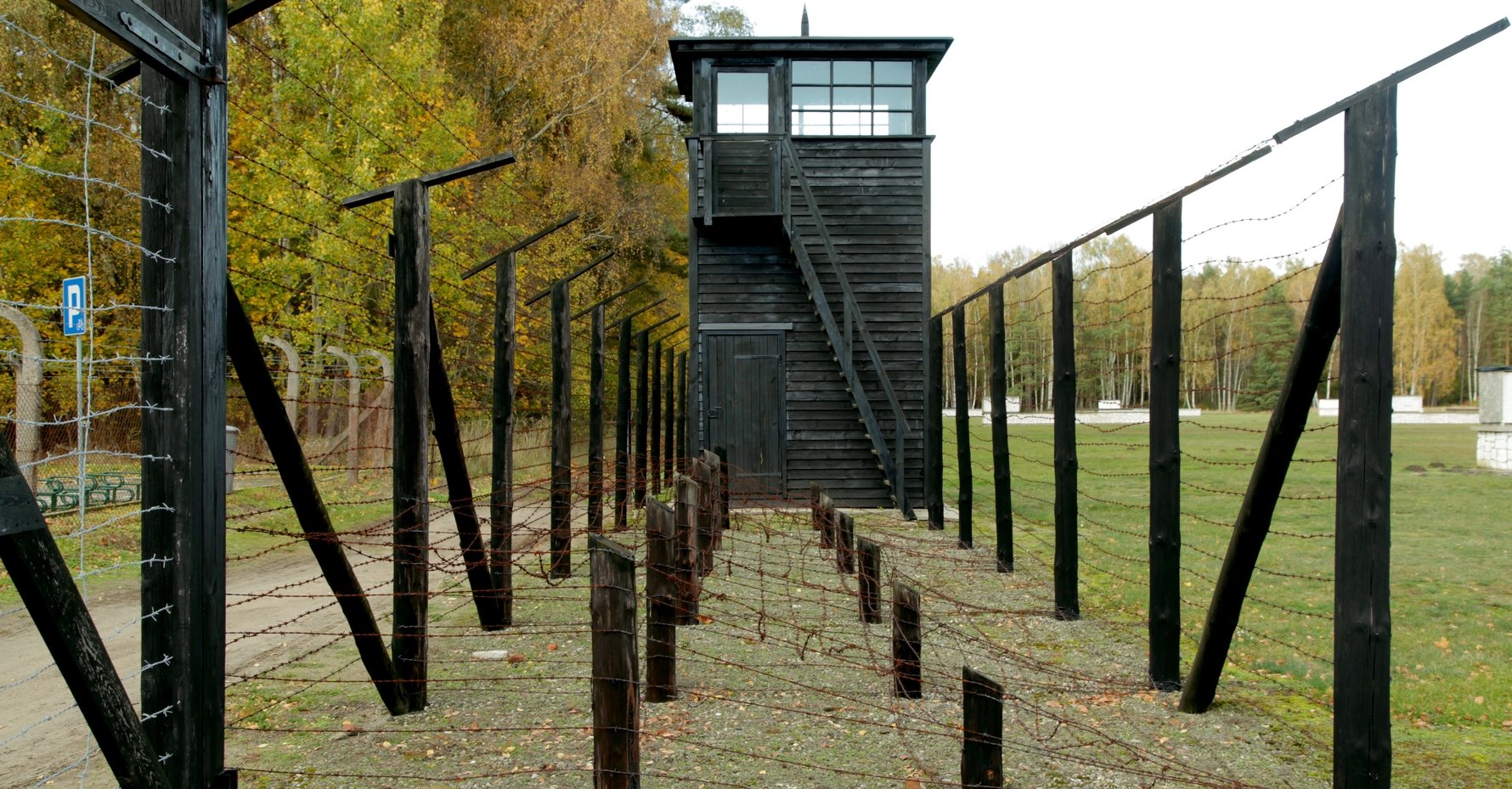
While the camp is free to enter, there is a 5zł option to watch a 20-minute documentary film in the Kommandatur building at the front, which you’ll next see on your right, was once the administrative heart of the concentration camp. The video covers the Soviet investigation into the camp, detailing everyday life for prisoners and guards as well as the proceeding trial that is encompassed in a Polish newsreel from 1946. Although the video is a little dated and obviously ripped from a VHS copy, it is a good way to be orientated before entering the camp. Screenings are shown every half hour during the season (from 09:30 - 16:30 until the end of September); although in off-season these take place whenever there is a minimum of four people waiting to see it. The Kommandatur also hosts temporary exhibitions of inmate art as well as the archive and book of remembrance (which is on display variously depending on exhibits).
